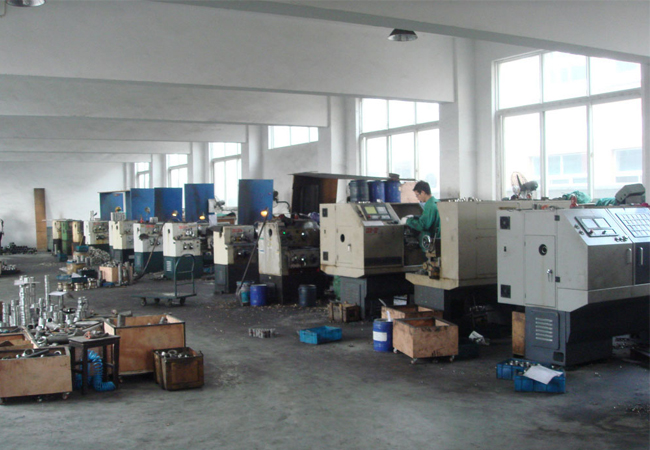English
- Afrikaans
- Albanian
- Amharic
- Arabic
- Armenian
- Azerbaijani
- Basque
- Belarusian
- Bengali
- Bosnian
- Bulgarian
- Catalan
- Cebuano
- Corsican
- Croatian
- Czech
- Danish
- Dutch
- English
- Esperanto
- Estonian
- Finnish
- French
- Frisian
- Galician
- Georgian
- German
- Greek
- Gujarati
- Haitian Creole
- hausa
- hawaiian
- Hebrew
- Hindi
- Miao
- Hungarian
- Icelandic
- igbo
- Indonesian
- irish
- Italian
- Japanese
- Javanese
- Kannada
- kazakh
- Khmer
- Rwandese
- Korean
- Kurdish
- Kyrgyz
- Lao
- Latin
- Latvian
- Lithuanian
- Luxembourgish
- Macedonian
- Malgashi
- Malay
- Malayalam
- Maltese
- Maori
- Marathi
- Mongolian
- Myanmar
- Nepali
- Norwegian
- Norwegian
- Occitan
- Pashto
- Persian
- Polish
- Portuguese
- Punjabi
- Romanian
- Russian
- Samoan
- Scottish Gaelic
- Serbian
- Sesotho
- Shona
- Sindhi
- Sinhala
- Slovak
- Slovenian
- Somali
- Spanish
- Sundanese
- Swahili
- Swedish
- Tagalog
- Tajik
- Tamil
- Tatar
- Telugu
- Thai
- Turkish
- Turkmen
- Ukrainian
- Urdu
- Uighur
- Uzbek
- Vietnamese
- Welsh
- Bantu
- Yiddish
- Yoruba
- Zulu
Telephone: +86 13120555503
Email: frank@cypump.com
Dec . 07, 2024 14:31 Back to list
slurry pump data sheet
Understanding Slurry Pump Data Sheets Key Components and Their Implications
Slurry pumps play an essential role in various industries, particularly in mining, construction, and wastewater treatment. These specialized pumps are designed to handle abrasive slurries, which are mixtures of solid particles and liquids. To ensure optimal performance and selection of the right pump for a specific application, it is crucial to understand the data provided on slurry pump data sheets.
Key Components of a Slurry Pump Data Sheet
1. Flow Rate (Q) This metric indicates the volume of slurry that the pump can move within a certain time frame, typically expressed in cubic meters per hour (m³/h) or gallons per minute (GPM). Understanding the flow rate is vital as it must align with the operational requirements of the system where the pump is employed.
2. Head (H) The head signifies the height to which a pump can raise the slurry and is measured in meters or feet. It represents the energy imparted to the slurry, which affects how far and how quickly the slurry can be transported. When selecting a pump, one must consider the total dynamic head (TDH) required, which factors in the elevation difference, friction losses in the piping, and any additional pressure requirements.
3. Solid Size and Concentration Slurry pumps are often defined by their ability to handle specific types and sizes of solids. Data sheets typically include maximum particle size limits and the solid concentration (% by weight) the pump can effectively manage. This information is critical, as larger solid particles or higher concentrations can lead to wear, reduced efficiency, or even pump failure.
4. Material of Construction Given the abrasive nature of slurry, the materials used in the pump's construction are paramount. Data sheets will specify materials such as rubber, cast iron, stainless steel, or other alloys. Each material offers different levels of resistance to wear, corrosion, and temperature variations, allowing for tailored solutions depending on the slurry's composition and the operating environment.
5. Efficiency and Power Requirements Efficiency indicates how effectively the pump converts input power into hydraulic energy to move the slurry. A data sheet often includes a performance curve, which illustrates efficiency at various flow rates and heads. Additionally, the required power input (usually expressed in kilowatts or horsepower) provides vital information about energy consumption and operational costs.
slurry pump data sheet

6. Pump Speed The speed of the pump, generally expressed in revolutions per minute (RPM), affects the flow rate and head delivery. It is crucial to match the pump speed to the specific operational conditions to maximize efficiency while minimizing wear on mechanical parts.
Importance of Proper Selection
Selecting the right slurry pump based on the information provided in the data sheet is critical. An inadequate selection can lead to several issues, such as
- Reduced Efficiency A mismatch between pump specifications and operational requirements can lead to higher energy costs and suboptimal performance.
- Increased Wear and Tear Using a pump not designed for the specific type of slurry can result in accelerated wear, leading to unexpected maintenance needs and costly downtimes.
- Operational Failures Incorrectly sized pumps can fail during operation, leading to potential safety hazards and significant financial losses.
Conclusion
In summary, understanding slurry pump data sheets is fundamental for engineers, procurement specialists, and operators involved in industries that utilize slurry handling systems. By carefully analyzing the key components—flow rate, head, solid size and concentration, construction materials, efficiency, and speed—stakeholders can make informed decisions that ensure reliability, efficiency, and longevity of slurry pump operations. Proper selection based on detailed data analysis ultimately translates to enhanced productivity and reduced operational costs, reinforcing the importance of this often-overlooked aspect of industrial operations.
-
ISG Series Vertical Pipeline Pump - Chi Yuan Pumps Co., LTD.|Advanced Hydraulic Design&Energy-Efficient Solutions
NewsJul.30,2025
-
ISG Series Vertical Pipeline Pump - Chi Yuan Pumps Co., LTD.
NewsJul.30,2025
-
ISG Series Vertical Pipeline Pump - Chi Yuan Pumps Co., LTD.|energy-efficient fluid handling&industrial durability
NewsJul.30,2025
-
ISG Series Vertical Pipeline Pump - Chi Yuan Pumps | Advanced Engineering&Industrial Efficiency
NewsJul.30,2025
-
ISG Series Pipeline Pump - Chi Yuan Pumps | High Efficiency, Energy Saving
NewsJul.30,2025
-
ISG Series Vertical Pipeline Pump-Chi Yuan Pumps|High Efficiency&Reliable Performance
NewsJul.29,2025










